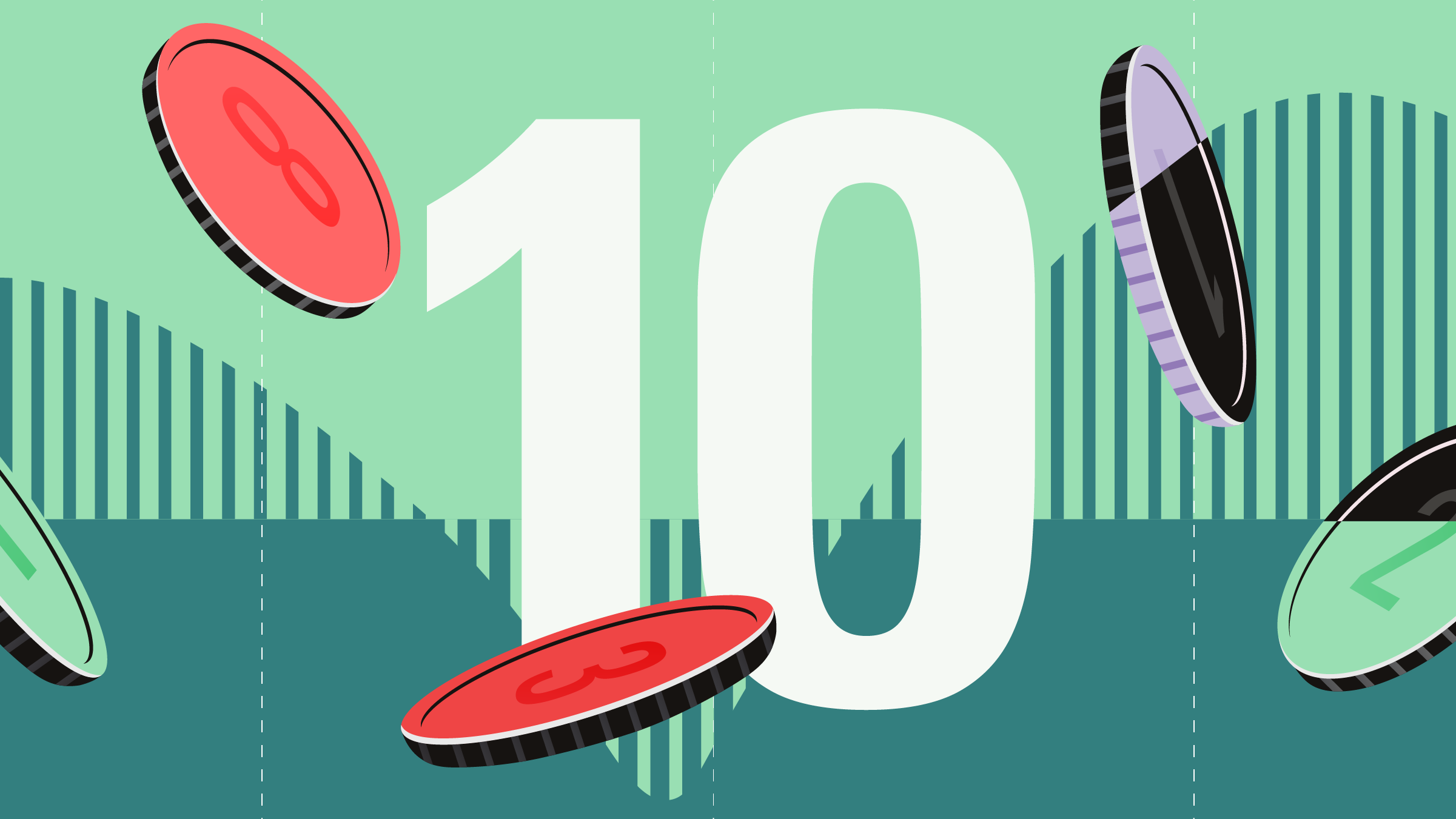At Morningstar, we use two metrics to track the semiconductor industry cycle and to help us determine which direction business conditions are likely headed in the chip equipment space. The indicators we track are: 1) capital intensity; and 2) chip industry capacity utilisation. Below is an executive summary of our key takeaways from the Morningstar January 2012 Outlook for the Semiconductors Industry.
Business conditions in the semiconductor equipment industry have continued to slow in recent months. Industrywide orders fell to $927 million in September from $1.54 billion in June, according to SEMI (numbers are based on a three-month average). Subsequent three-month moving average order numbers have remained soft, with the preliminary bookings number for November coming in at $973 million.
Capital intensity at the end of third-quarter 2011 was 0.48, down from 0.81 in second-quarter 2011. The decline is a reflection of the current downturn in the chip equipment market.
Capacity utilisation in the chip industry has been declining in the last several quarters. This was initially caused by an overbuild of chip inventories in the electronics supply chain in mid-2011, followed by weakening end-market demand for semiconductors later in the year as the economy started to become unsettled. This, in turn, resulted in lower manufacturing activity levels at chipmakers. Semiconductor industry manufacturing capacity utilisation fell to 91% in third-quarter 2011 from 93% in the second quarter. We estimate that utilisation has further declined to the upper-80% range in recent months.
Capital spending by chipmakers will remain somewhat soft in the next several quarters. The semiconductor industry as a whole continues to be cautious about making manufacturing equipment purchases in light of the slowdown in global semiconductor sales caused by near-term macroeconomic uncertainty. In addition, global demand for PC chips also has been hampered by disruptions to the supply chain caused by the shortages of hard disk drive components.
We believe the current cyclical downturn in the chip equipment industry will not be severe and that conditions should improve in the second half of 2012. While the recent decline in utilisation rates has caused chipmakers to cut back on capacity-related equipment purchases, leading players in the foundry, DRAM, and NAND flash memory segments are continuing with their plans to transition to next-generation fabrication nodes. The volume ramp-up of these cutting-edge manufacturing processes throughout 2012, combined with the possibility of a rebound in worldwide chip demand, should provide somewhat of a boost to the chip equipment space in the second half of the year.
In December, Lam Research (LRCX) announced that it entered into an agreement to acquire Novellus Systems (NVLS) in an all-stock deal valued at $3.3 billion. We had previously mentioned Novellus as a possible acquisition candidate. We believe the deal provides another indication that the current cyclical downturn in the chip equipment industry should be mild in nature. If M&A activity in the industry picks up, we think some other potential acquisition candidates are Ultratech (UTEK) and Rudolph Technologies (RTEC).
Though some names under our coverage have seen their share prices decline with the recent slowdown, most names appear fairly valued at the moment. The exceptions are Applied Materials (AMAT), which is trading in 5-star territory and ATMI (ATMI), a 4-star stock. (Read this article for an explanation of Morningstar Ratings for stocks.) We expect the transitions by chipmakers to next-generation semiconductor fabrication processes, particularly the move by foundries to the 28-nanometer process, to provide tailwinds for ATMI in the upcoming quarters.
The above is an excerpt from a Morningstar Institutional Equity Research report. Contact equitysupport@morningstar.com for further details.
























